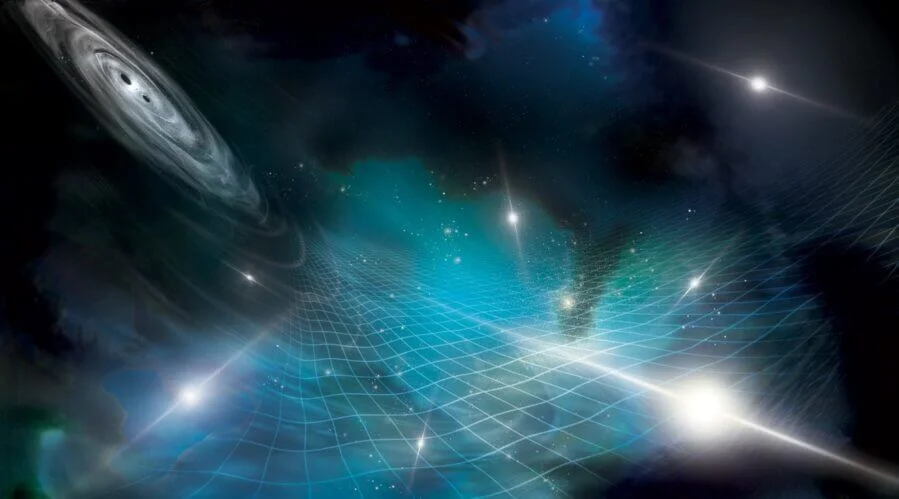
New Method Could Unlock Secrets of Gravitational Waves Using Quasars
A University of Colorado Boulder astrophysicist, Jeremy Darling, is pioneering a novel approach to detect the universe's gravitational wave background. This research could revolutionize our understanding of gravity and the universe, potentially unlocking its deepest mysteries. Why is this important? Because gravitational waves, ripples in spacetime, carry vital information about cosmic events like black hole collisions.

Darling's method focuses on measuring how quasars, extremely luminous black holes at the centers of galaxies, move relative to each other in the sky. He proposes that passing gravitational waves subtly deflect the light from these quasars, causing them to appear to “wiggle.” This is different from the measurements made by the NANOGrav collaboration in 2023, which captured waves moving directly toward and away from Earth. Darling aims to detect waves moving side-to-side and up-and-down.
He explains, "Gravitational waves operate in three dimensions. They stretch and squeeze spacetime along our line of sight, but they also cause objects to appear to move back and forth in the sky."
The challenge lies in the minuscule scale of these movements and the motion of Earth itself. Our planet orbits the sun at approximately 67,000 miles per hour, and the sun speeds through space at a staggering 850,000 miles per hour. Disentangling the gravitational wave signal from this motion requires extreme precision.
Darling utilized data from the European Space Agency’s Gaia satellite, which has observed over a million quasars over three years. While his initial findings aren't conclusive, the upcoming release of five-and-a-half years of additional Gaia data in 2026 holds the potential to reveal these elusive signals.
The detection of these gravitational waves could provide insights into galaxy evolution and test fundamental assumptions about gravity. As Darling puts it, "If we can see millions of quasars, then maybe we can find these signals buried in that very large dataset."
This new approach could be a game-changer in the field, complementing existing gravitational wave detectors like LIGO and the future space-based LISA. While ground-based detectors and pulsar timing arrays have already contributed significantly, the use of quasars offers a unique perspective on the low-frequency stochastic gravitational wave background.
Will the new data from Gaia confirm Darling's theory? What other secrets could these elusive waves reveal about the cosmos? Share your thoughts and predictions in the comments below.